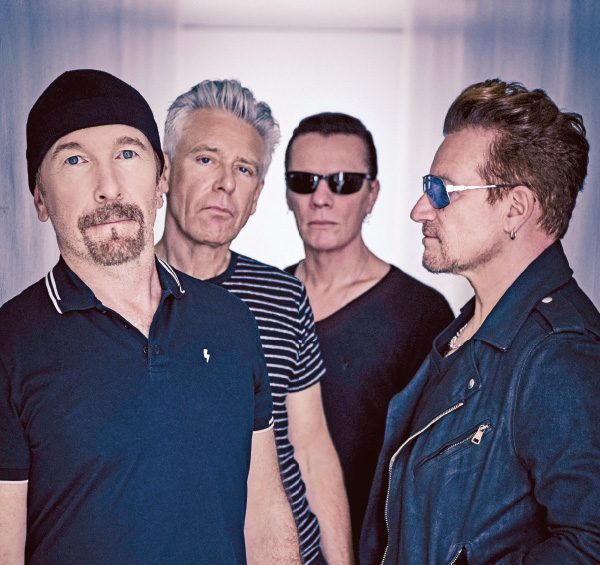
Photo courtesy of Deirdre Crookes LHP
The idea for a four-storey visitor centre dedicated to the music group U2 and planned for Hanover Quay is in the proposal stage.
Earlier this year Managhan Chartered Planning brought the plans of the site proposed for a permanent exhibition before DCC for a pre public consultation.
No planning application has been lodged at time of printing but what can be confirmed is that U2 own 16 and 18 Hanover Quay, where the development is being proposed. U2 only recently bought back no16 from the now-disbanded Dublin Docklands Development Authority (DDDA) in a deal that aroused suspicion with the Public Accounts Committee (PAC).
Originally the DDDA wanted to demolish the building to allow public access to the Grand Canal Dock and to encourage dockland development, so they filed a compulsory purchase order (CPO) which would force U2 to sell the building. Despite strong opposition via a petition lodged with An Bord Pleanála by fans the CPO was granted and the building was sold to DDDA for an undisclosed fee, although it is known that they bought two properties there at the time adjacent to each other costing a total of €5.1m.
The building was bought back in 2013 by U2 for €450,000 and when questioned by the PAC, the DDDA explained that they used the ‘exceptional circumstances’ rule for the first time, selling the property privately to the band rather than the property going to tender on the open market like every other property they sold when the authority was being shut down.
The proposed visitor centre will sit beside office buildings that the DCC approved and which are already in construction as part of the Hanover Quay Scheme. These buildings, which include the Reflector Building, have price tags up to €100m to build, which indicates the bargain U2 got for the site. Who knows what its façade will be but no doubt their name in bright lights over the water in Ireland’s most prosperous business district will add to its attractions, cachet and success.
by Paul Carton



